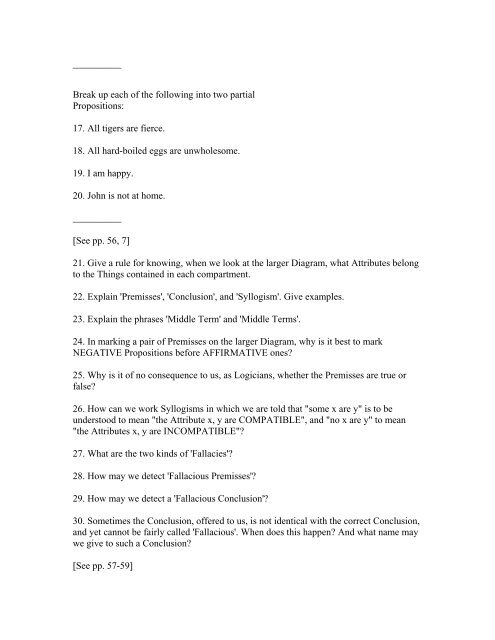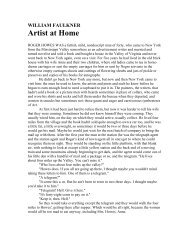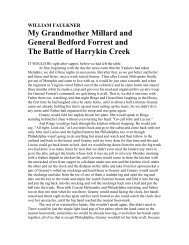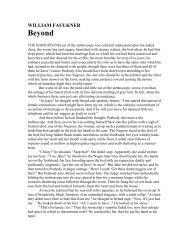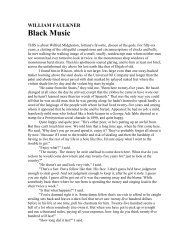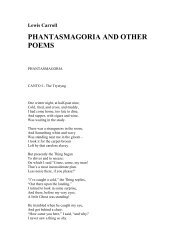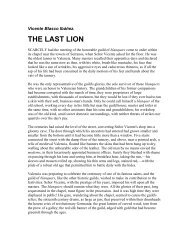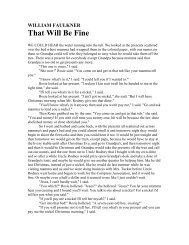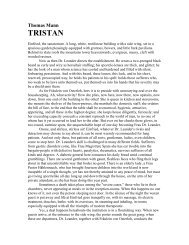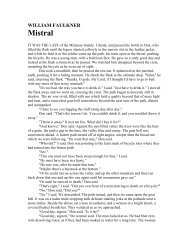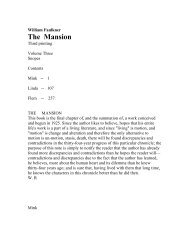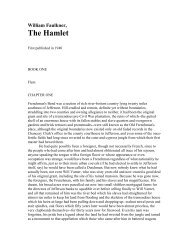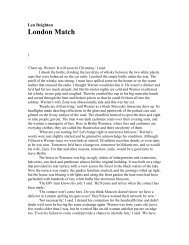Lewis Carroll, The Game Of Logic â WordPress.com - literature save 2
Lewis Carroll, The Game Of Logic â WordPress.com - literature save 2
Lewis Carroll, The Game Of Logic â WordPress.com - literature save 2
- No tags were found...
Create successful ePaper yourself
Turn your PDF publications into a flip-book with our unique Google optimized e-Paper software.
__________Break up each of the following into two partialPropositions:17. All tigers are fierce.18. All hard-boiled eggs are unwholesome.19. I am happy.20. John is not at home.__________[See pp. 56, 7]21. Give a rule for knowing, when we look at the larger Diagram, what Attributes belongto the Things contained in each <strong>com</strong>partment.22. Explain 'Premisses', 'Conclusion', and 'Syllogism'. Give examples.23. Explain the phrases 'Middle Term' and 'Middle Terms'.24. In marking a pair of Premisses on the larger Diagram, why is it best to markNEGATIVE Propositions before AFFIRMATIVE ones?25. Why is it of no consequence to us, as <strong>Logic</strong>ians, whether the Premisses are true orfalse?26. How can we work Syllogisms in which we are told that "some x are y" is to beunderstood to mean "the Attribute x, y are COMPATIBLE", and "no x are y" to mean"the Attributes x, y are INCOMPATIBLE"?27. What are the two kinds of 'Fallacies'?28. How may we detect 'Fallacious Premisses'?29. How may we detect a 'Fallacious Conclusion'?30. Sometimes the Conclusion, offered to us, is not identical with the correct Conclusion,and yet cannot be fairly called 'Fallacious'. When does this happen? And what name maywe give to such a Conclusion?[See pp. 57-59]


